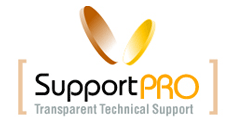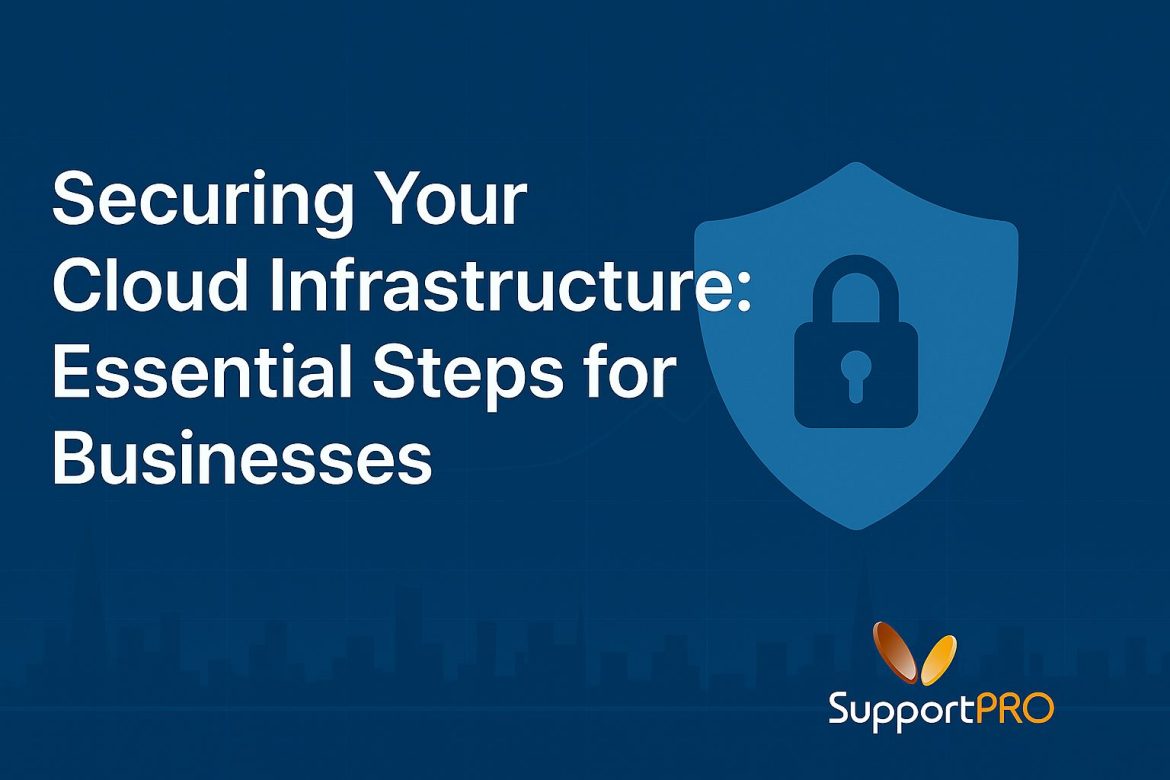With most businesses moving to the cloud infrastructure, securing your digital data (whether it’s your software applications or customers’ private details) has become crucial. Our growing reliance on cloud computing has indeed made our routine digital operations efficient. However, this efficiency comes with its share of risks. The growing cases of cyber threats have been the biggest concern of businesses working with cloud service providers.
Cloud does offer robust security protocols, with some providers offering end-to-end encryption, compliance management, and server security. However, these may not always prove sufficient for every business. Sometimes, human errors can lead to a breach that can cost you your business. To prevent that, we’ve compiled a list of some of the best cloud security practices that should be deployed throughout your cloud infrastructure. Here’s a look.
Encrypt Your Data
Encryption refers to converting plain text data into ciphertext. Even if a malicious user gains unauthorized access to your cloud network, they won’t be able to decode the encrypted data. The data can be decrypted with the encryption key, which must be securely managed and kept away from where you’ve stored the data.
Most cloud service providers offer end-to-end encryption, encrypting data from the moment it’s created until it leaves its source and reaches the destination. In other words, only the intended user can read it. Choose a cloud company that offers robust encryption, protecting data at rest and in transit.
Manage Privileged Users
Privileged users have the highest level of access to your cloud solution. They are usually in the top-tier management, such as supervisors and system admins. Sadly, privileged users can do severe damage to your cloud security, as they have direct access to your business’s confidential data. They can do it intentionally or accidentally. Either way, your business can suffer a serious loss if the privileged user accounts are compromised.
One way to address this is to implement nonstop user monitoring. Another is to use the principle of the least privilege to grant your employees minimal access to your cloud system. Allow your employees to access applications or modules that they need to execute their jobs. Higher level access should only be allowed to the manager or trusted professionals.
Use Zero-Trust Architecture
Unlike traditional security practices that allow broad access to people who are within the network, Zero-trust architecture is based on the never trust, always verify principle that verifies each request before granting the user widespread access to your system. So, whether the access request comes from your team or an outside source, it is treated the same.
A part of this zero-trust model is microsegmentation. This treats each system within the cloud infrastructure as a separate entity, restricting access between them. Microsegmentation ensures that even if a malicious actor somehow gains access to a specific segment of your cloud solution, they won’t automatically access the other segments. For instance, if someone hacks the HR system, they can’t gain access to the customer database segment.
Implement Multi-Factor Authentication
As mentioned before, cloud companies implement their own security tools and protocols to protect their clients’ infrastructure. However, user access and data security are your responsibilities. Needless to say, you must have a strong password policy. Each employee should use a complex password and practice password rotation to reduce the risk of cyber threats.
Additionally, implementing two-factor or multiple-factor authentication can enhance your cloud’s security. This will prevent malicious users from signing into your employee’s account using the stolen login credentials alone. They need to go through other verification steps, such as typing the code sent to the employee’s registered phone or unlocking the system through face or fingerprint verification.
Teach Your Staff to Identify and Prevent Phishing
While you may have implemented a robust anti-phishing strategy, hackers’ techniques can still bypass your security system. You can’t rely solely on the email filtering services or the built-in protection plan. Your employees must know which emails and from which users are reliable and can be opened securely. Just clicking on a link or opening a file in your system can launch malware, giving the sender access to your cloud applications.
Once the attacker gets access, the entire system can be compromised, as they can hack the privileged user’s accounts and steal your confidential data. There’s no failproof method to avoid phishing. Attackers keep coming up with new ways to target businesses, specifically employees who are likely to reveal their sensitive data or accidentally give access to their cloud platforms. Conducting regular seminars where you train your employees about phishing attempts and social engineering practices can help prepare them for such incidents.
Have Data Backups and Recovery Plans
Backing up your data is crucial for organizations that can’t afford to lose their business data. Whether it’s due to a cyberattack or a server downtime, having a backup ensures that you can access your system anytime. Consider full backup, i.e. keeping a complete copy of data.
Keep one copy of your data within your facility. You can use local servers and physical storage devices. While these can give you immediate access, it’s vulnerable to theft and natural disasters. Keep one copy in a different location. So, even if the original gets erased, you’ll have the copy stored off-site.
Monitor User Activity Regularly
Conducting audits is another way to detect early signs of cyber threats before they can cause a severe disruption. A complete audit will help you identify frequent unsuccessful login attempts, unauthorized access to your system, or any change to user accounts. Proactive monitoring is the only method to detect anomalies in your system before it’s too late. To make monitoring easier, you can launch tools that notify you if there’s any unusual activity in your cloud system.
Final Words
The complexity of cloud infrastructure, especially for businesses that adopt a multi-cloud strategy, can be too overwhelming. Security should always take center stage. Work with a cloud provider who’s as concerned about your system’s security as you. In addition, implement encryption, multi-factor authentication, firewalls, and other security tools to prevent cyberattacks.


